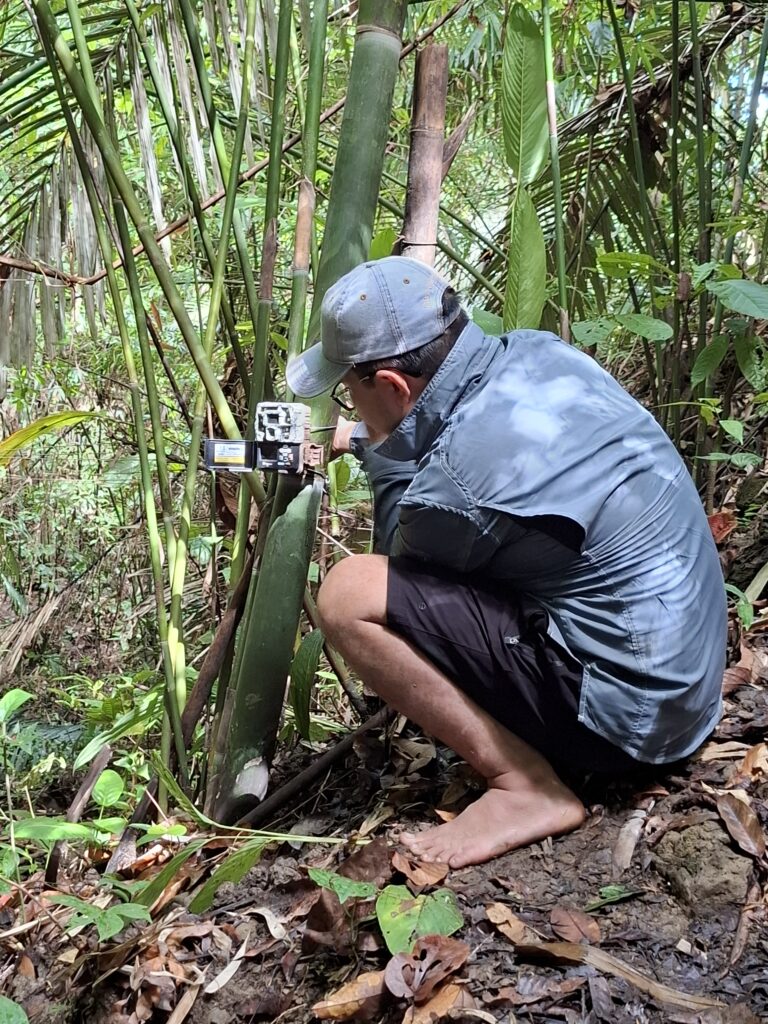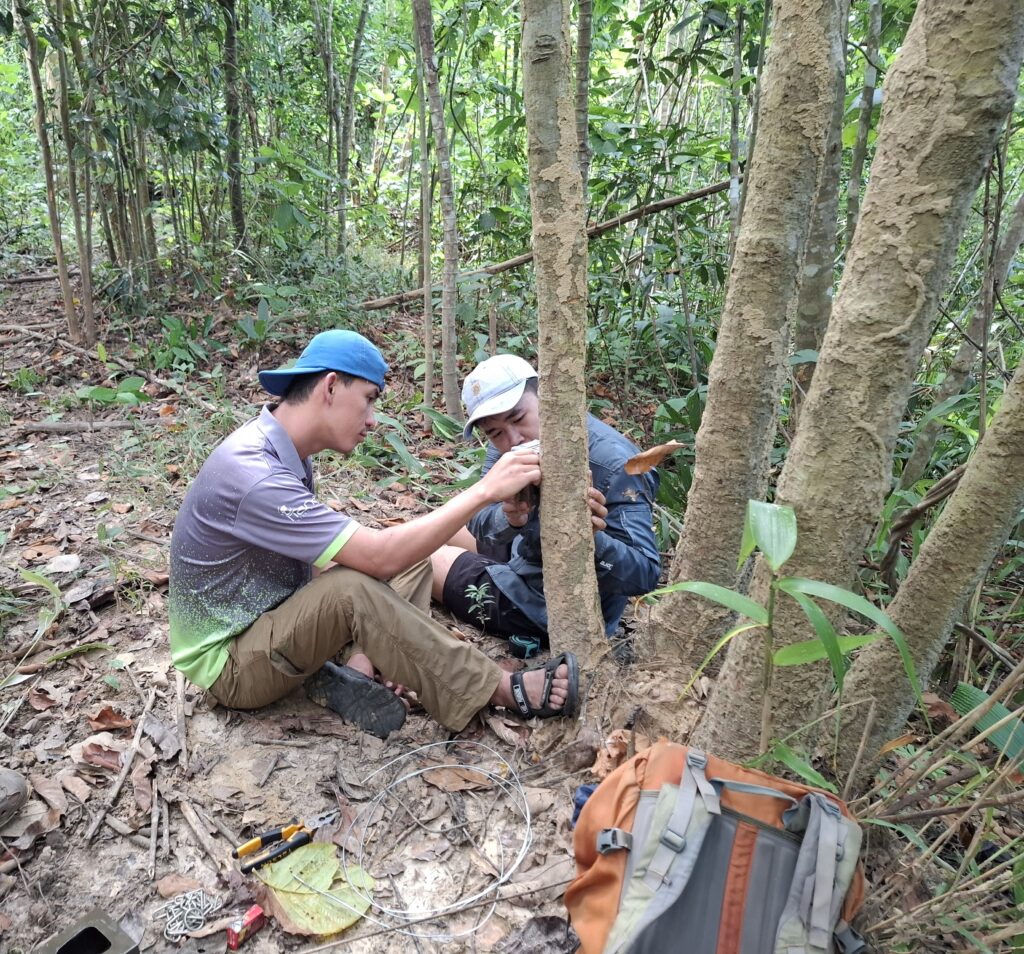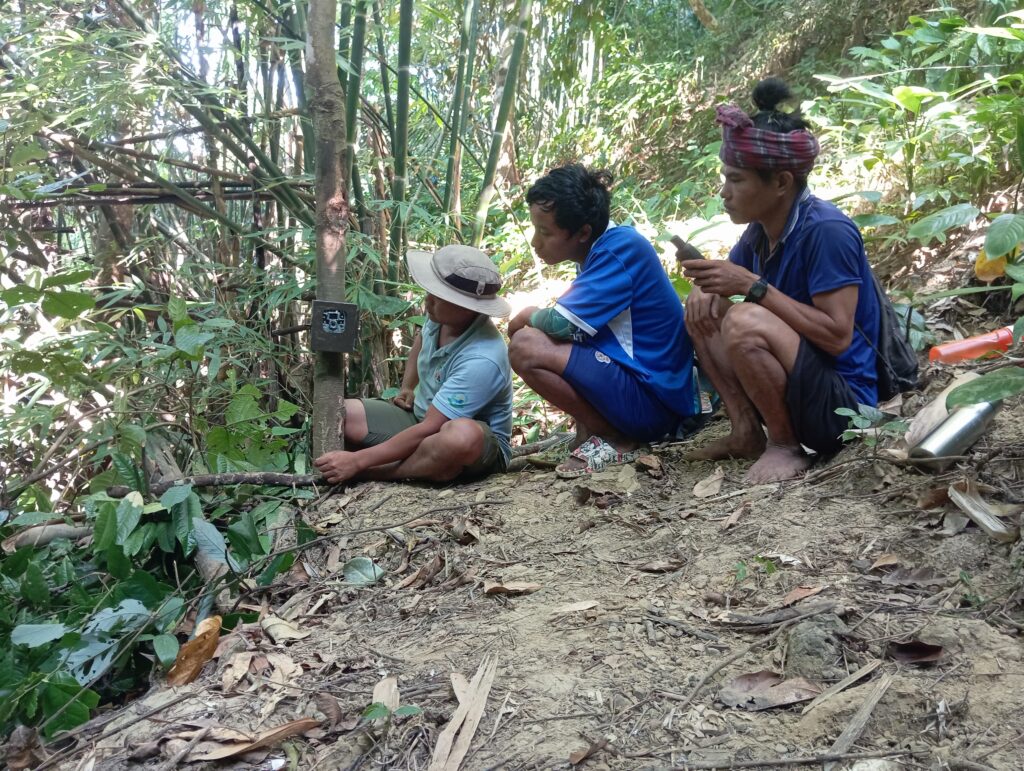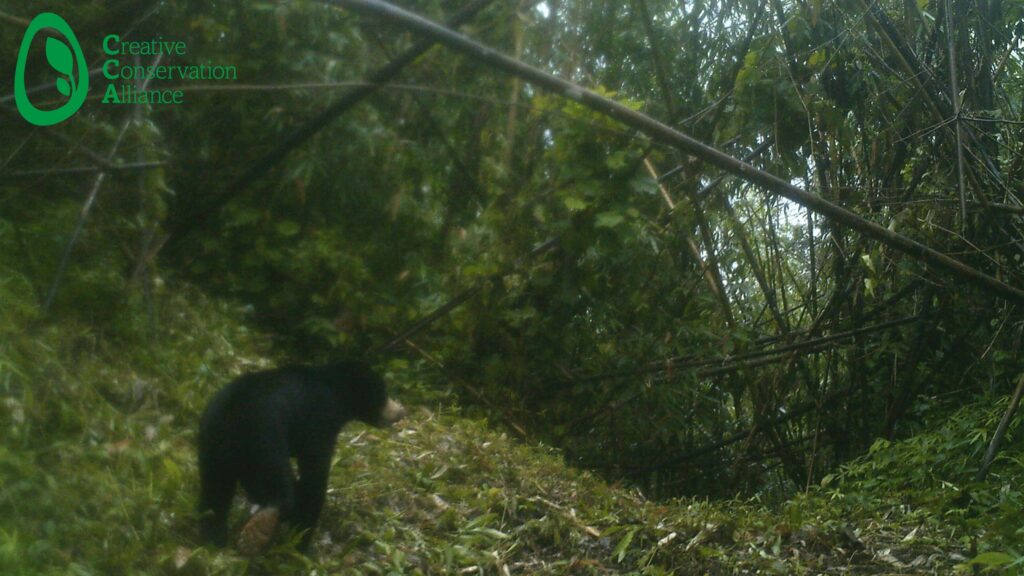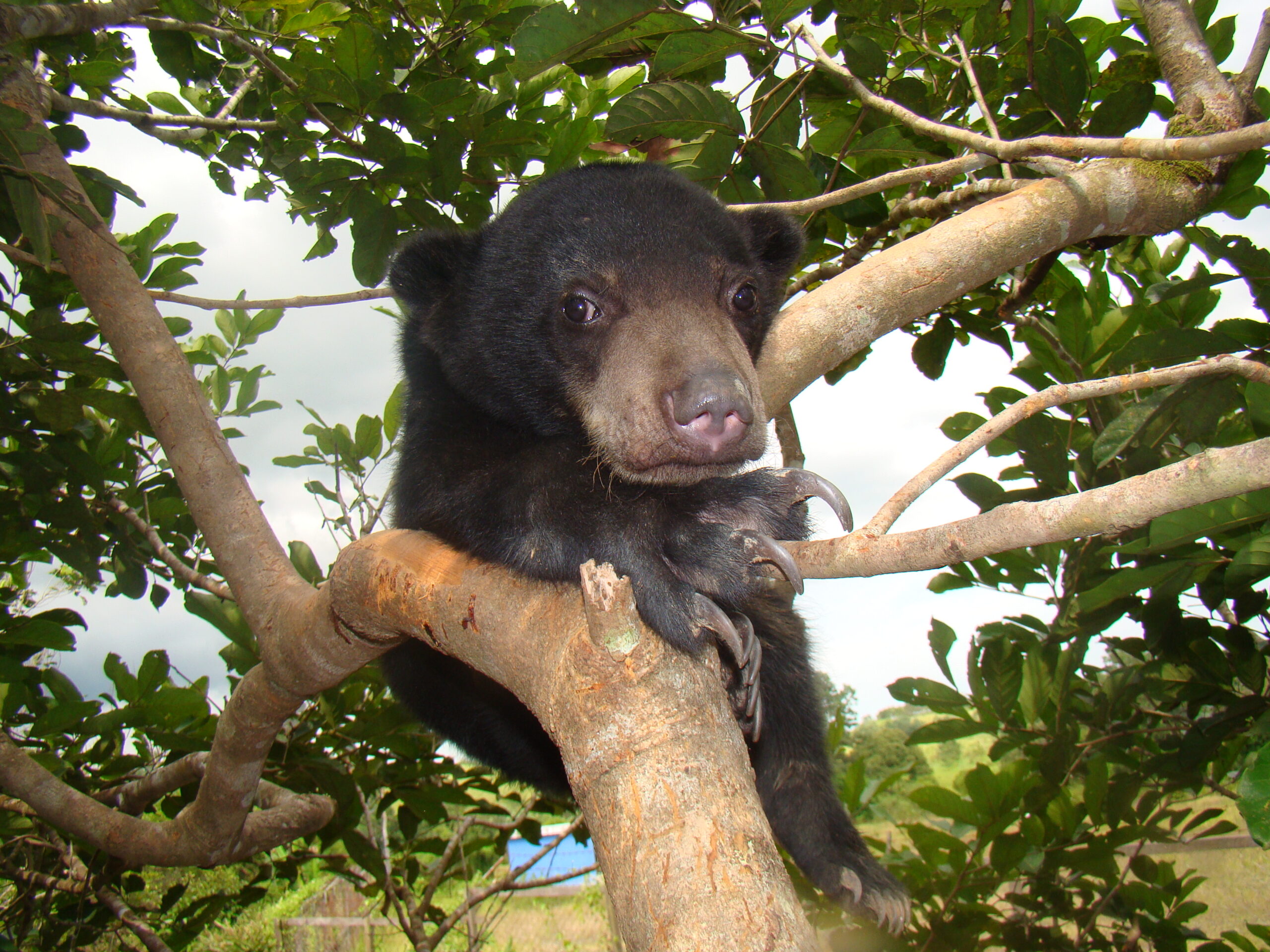Conservation efforts in Bangladesh have predominantly focused on large charismatic species in the Sundarbans, such as Bengal tigers (Panthera tigris tigris). However, beyond the Sundarbans, the ecology, risk assessment, local perception and conflict management for species like the Asiatic black bears (Ursus thibetanus) and Sun bears (Helarctos malayanus) inhabiting the Chittagong Hill Tracts’ (CHT) primary and agro-mosaic forest landscape in the southeast of the country, has not been adequately recognized.
As the sympatric existence of Asiatic black bear and Sun bear has been documented from the CHT, there is no information on bear foraging ecology and coexistence to date. Anecdotal reports of human-bear conflicts suggest that loss and fragmentation of suitable forest habitat and reductions in food sources have increased the likelihood of human-bear conflicts as both species frequently encounter cultivated areas, often resulting in retaliatory killings. The lack of systematic studies and targeted conservation efforts for bears, coupled with the prevalent threats of habitat loss, retaliatory killing, and poaching, poses a significant risk of local extinction. Furthermore, the inadequate understanding of local communities’ attitudes toward bears exacerbates the challenges in implementing effective conservation strategies.
Thus, there is an urgent need for comprehensive research and conservation initiatives focused on bears in the CHT region to mitigate the threat of extinction and promote coexistence between bears and human communities.
The aim of the project is to increase our understanding of bear distribution and habitat utilization in a human-dominated landscape and engage the local communities to build a foundation for a longterm community-based bear conservation program in the region.
Bears in Mind financially supports this project since 2024. The CCA team has now confirmed sun bear presence within Matamuhuri Reserve Forest and the neighboring Sangu Reserve Forest, which retains relatively undisturbed primary forest. The Matamuhuri complex has suffered extensive habitat fragmentation due to shifting cultivation, settlement expansion, and logging—leaving behind only small, isolated forest patches.
